On Wednesday and Thursday afternoons, I hold tutoring classes at Bezaleel. I have two groups, each with five students. In our allotted hour we do the basics: reading, writing, and arithmetic.

These are all first year students—the equivalent of 7th grade in the US. Most of them come from rural areas where their indigenous language is their primary tongue. Their schooling has been spotty, and they aren’t up to par with basic (low) educational standards. When they come to Bezaleel, they struggle.
At first I wasn’t sure how I’d approach the classes. I’d be giving the kids more attention, but it wouldn’t be one-on-one—what small group activities could I use to meet each child where she was at?
My mother has spent the last year working with “behind” students at a couple elementary schools in her area. Her techniques have been highly effective (the school directors are totally impressed), so I asked her what I should focus on. Reading, reading, reading, came the reply.

So we read together. The school library has three stacks of children’s books, about two-thirds of which are in Spanish. When there are duplicate books, I pass them out and we read around the circle. If there’s just one book, I read it to them. I was delighted to discover that they have some of my favorite children’s books: Alexander and the Horrible, No Good, Very Bad Day, Frog and Toad, Corduroy, and Curious George, among others.
The students listen to the stories, spellbound. They laugh at the funny parts. Watching them make a connection between words and pleasure is about the most gratifying thing ever.
I asked one group of students if their parents could read. Half of
them said no. Only one girl said her house had any books in it.
No books in your house. Can you imagine?
Nope, me neither. If only I had piles of books and we could spend hours reading together!
But alas, the supply is low, so I space the reading out—several books at the beginning of the hour, maybe, and an extra fun book to end with. In between I have them do freewriting drills and journaling. We practice addition flash cards and count red beans in three piles of five and three piles of six and so on, to illustrate multiplication. We play games like Dutch Blitz and Spot It. Anything to give their minds a workout—that’s my goal.
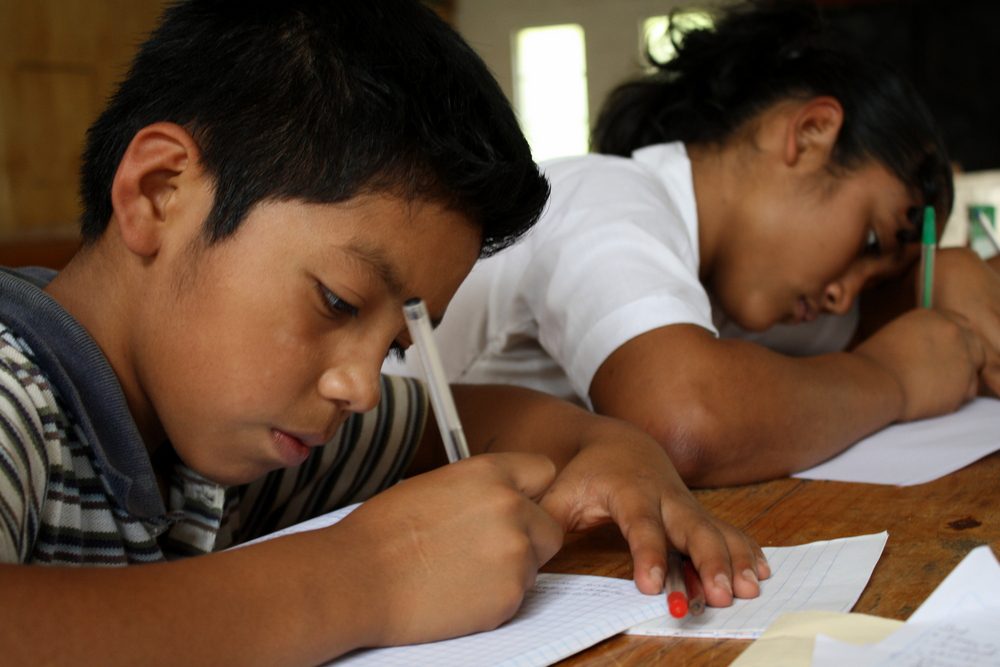
We meet in the school’s auditorium, and while it works, I find myself longing for my own office/classroom. I can see it perfectly. It’d be a small room, but there would be a window. In the middle of the room would be a wooden table surrounded by a handful of chairs. There would be maps on the wall, a whiteboard, and shelves filled with books, puzzles, markers, and games. A cozy lamp would sit on my desk. Students would come in for tutoring sessions, or to ask questions about their homework, or to play games, or to draw, or to talk. It’s not going to happen, I know—no space, no resources, but mostly because we’re only here for a few more months—but still, it’s fun to dream…

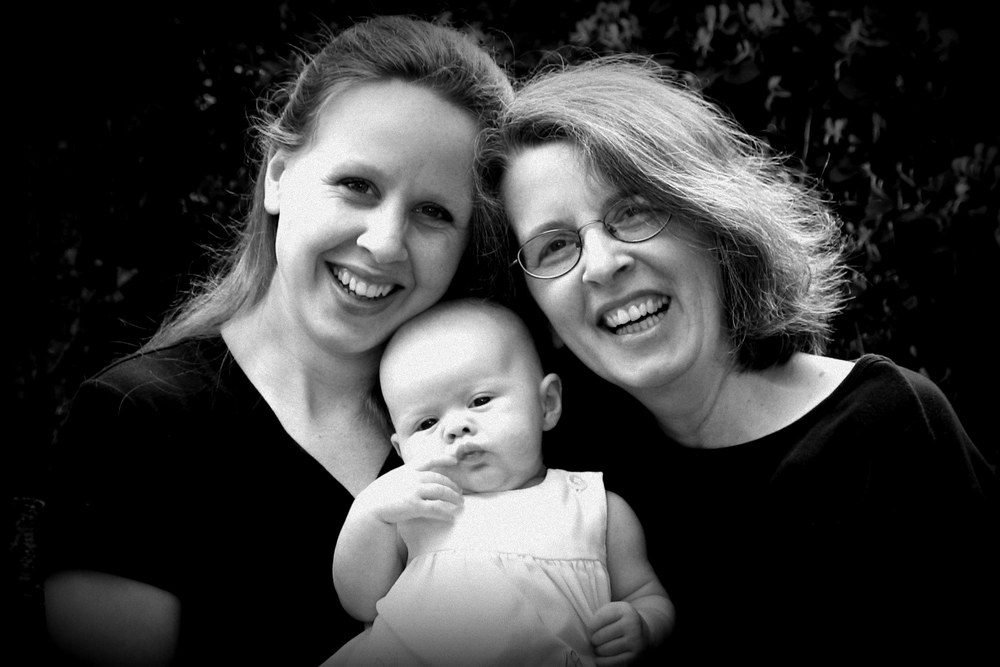
 Mother’s Day has always
Mother’s Day has always 





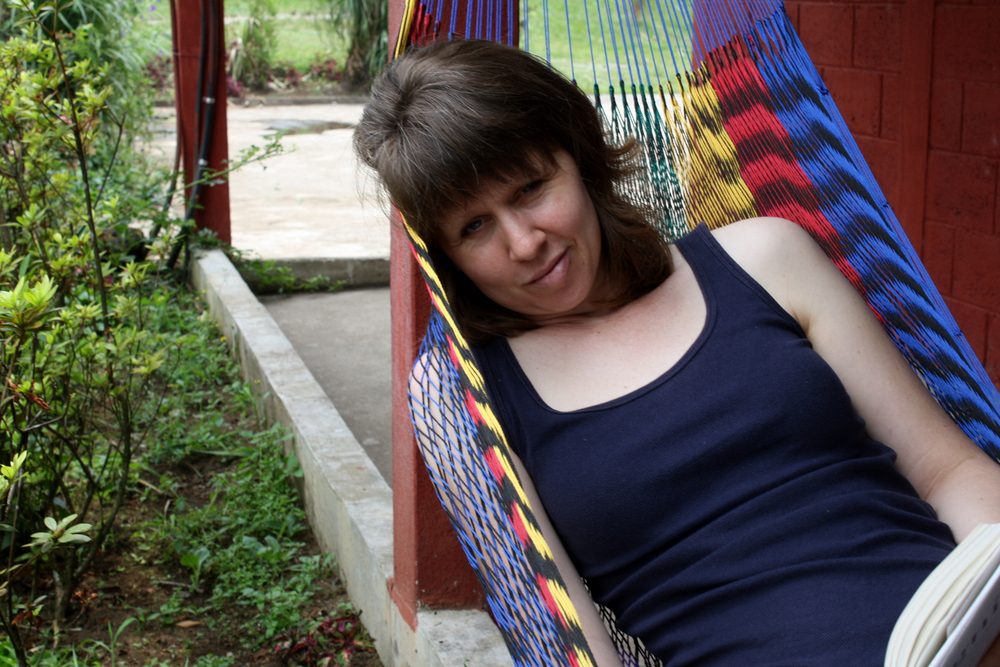
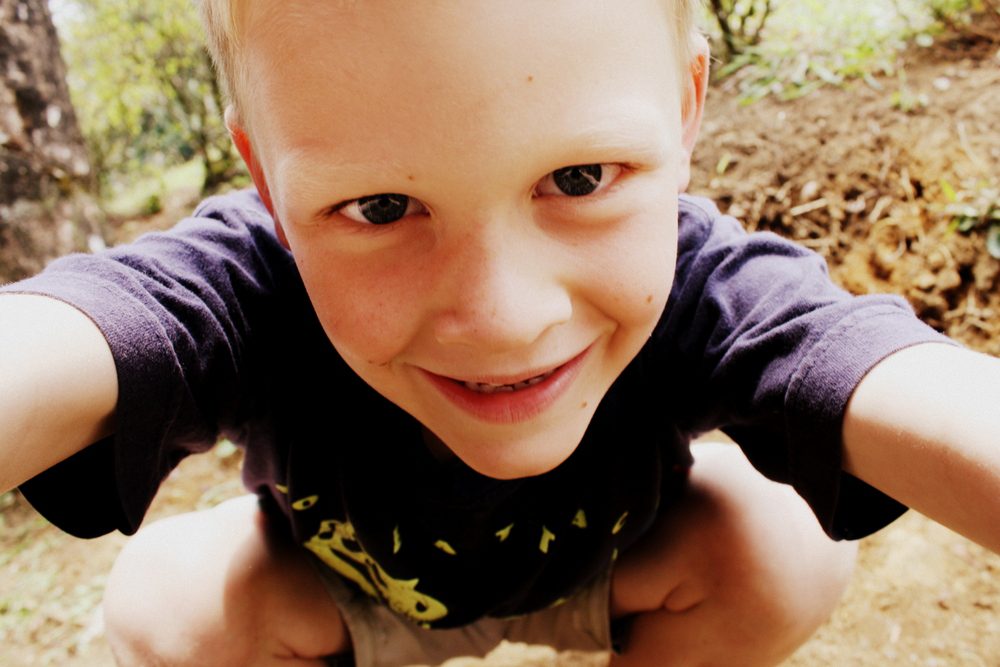 Self portrait.
Self portrait.

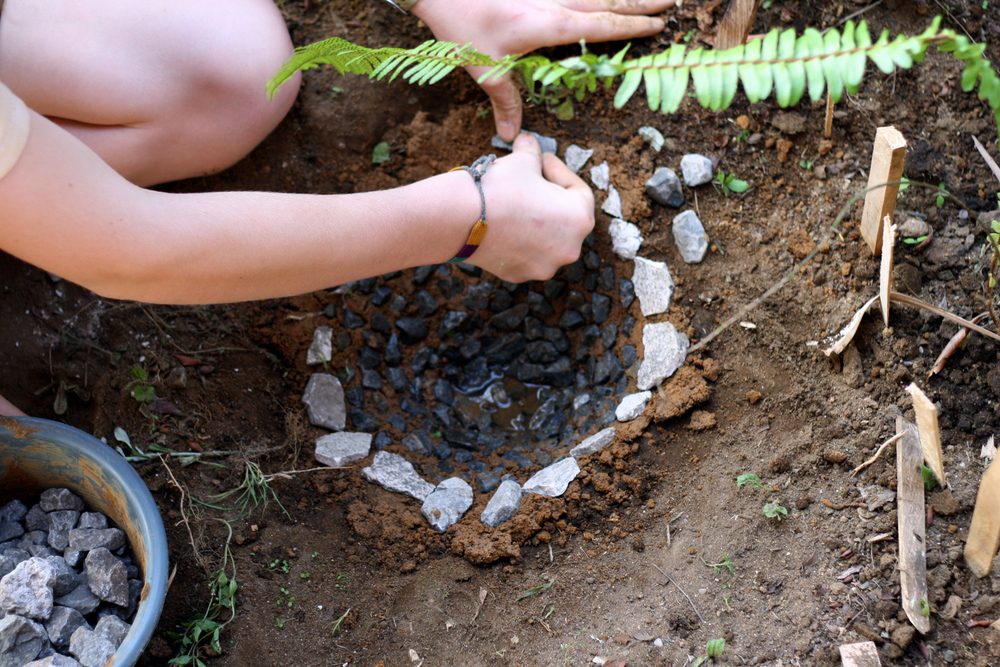
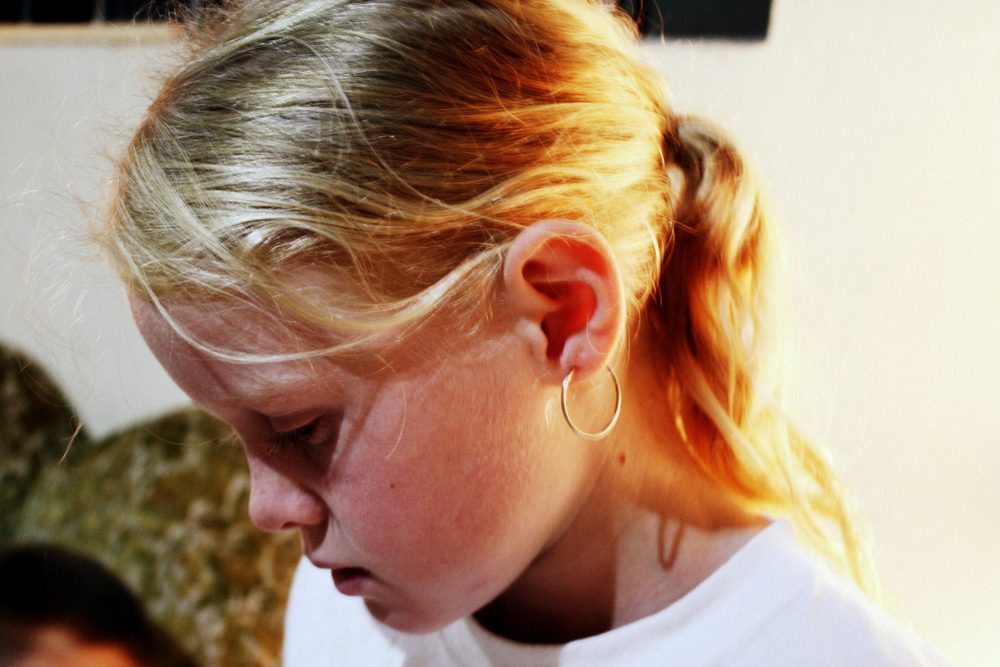
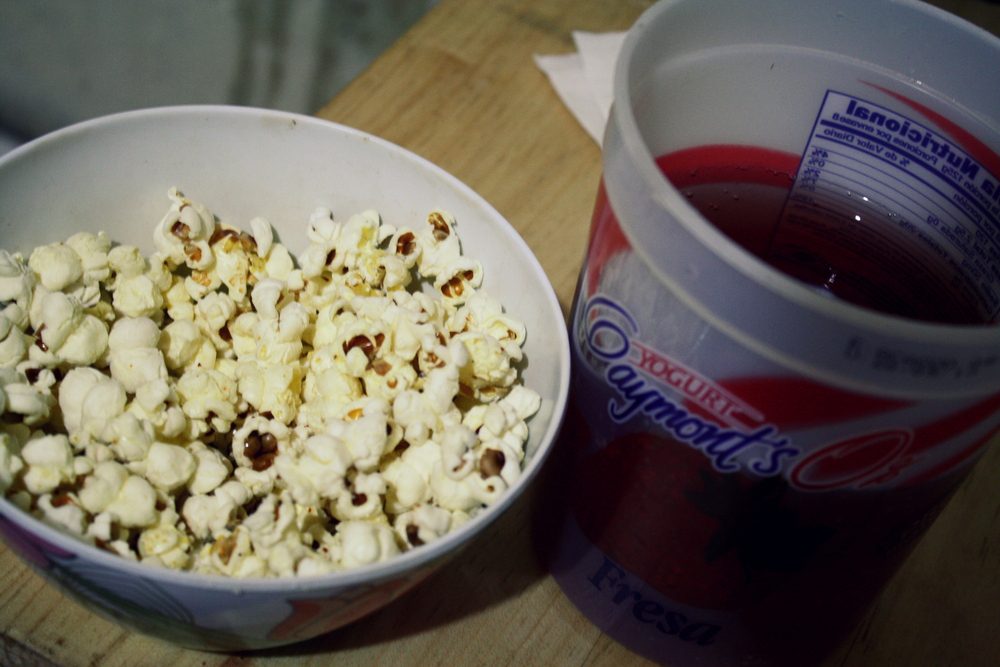 To go with my bedtime reading.
To go with my bedtime reading.